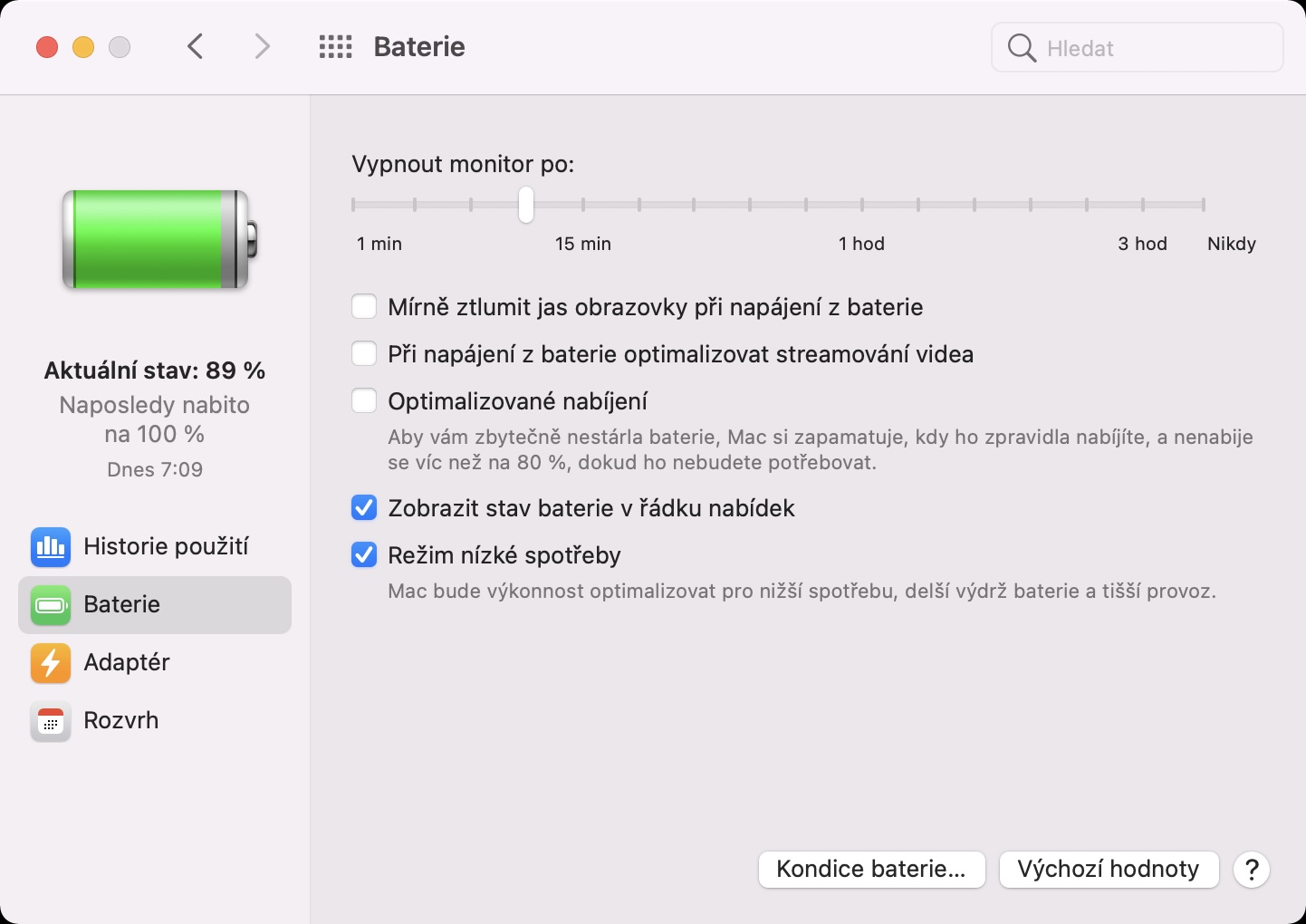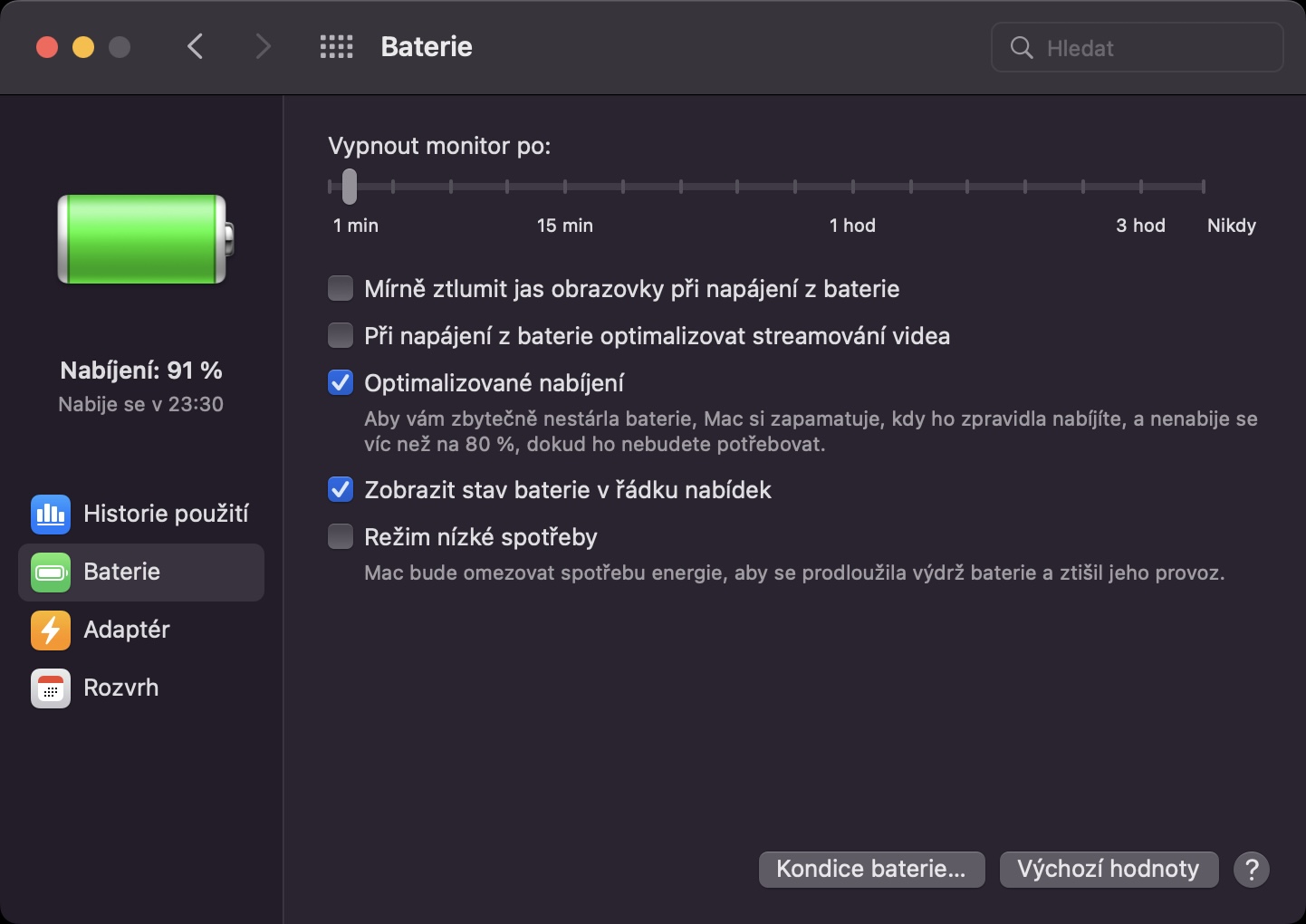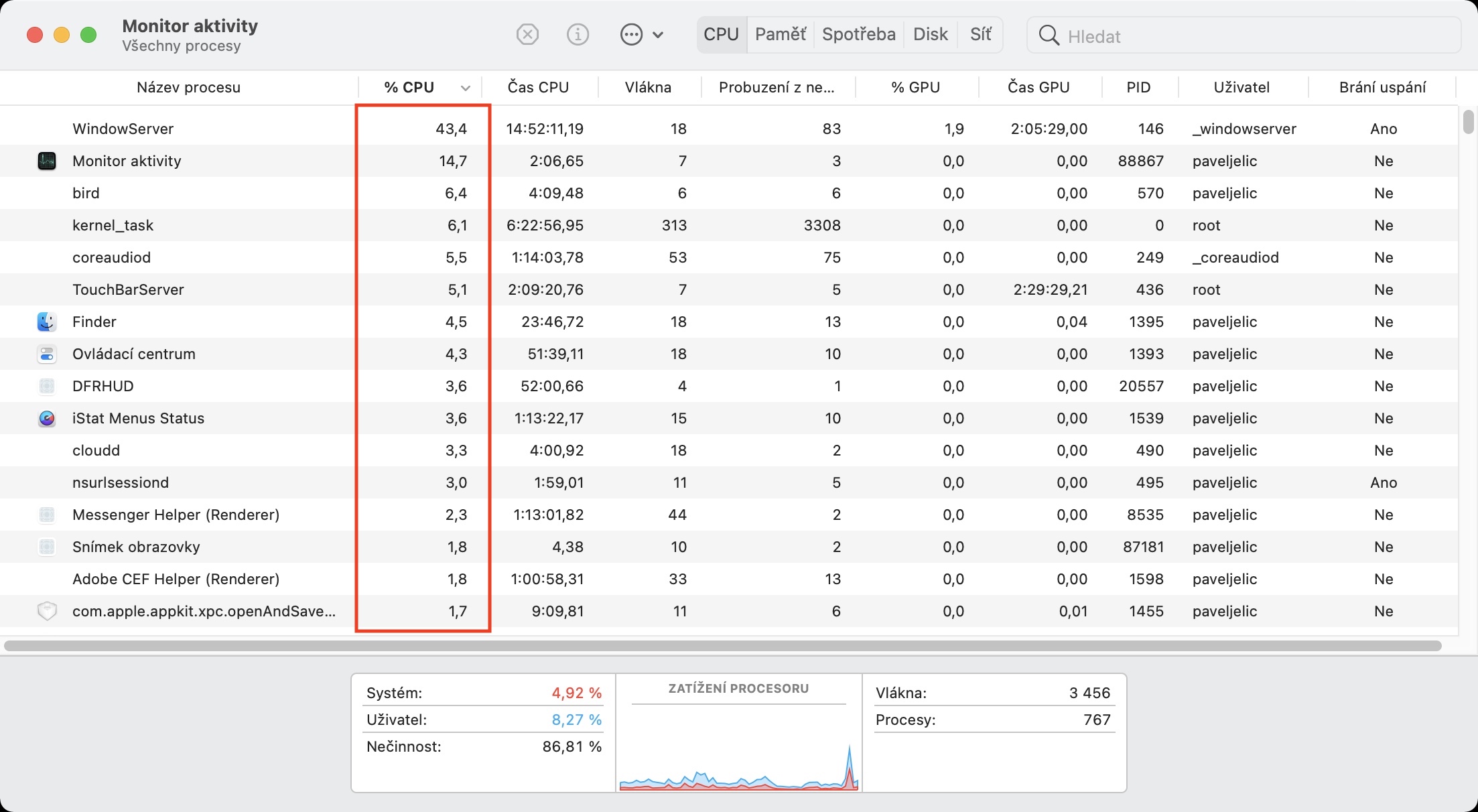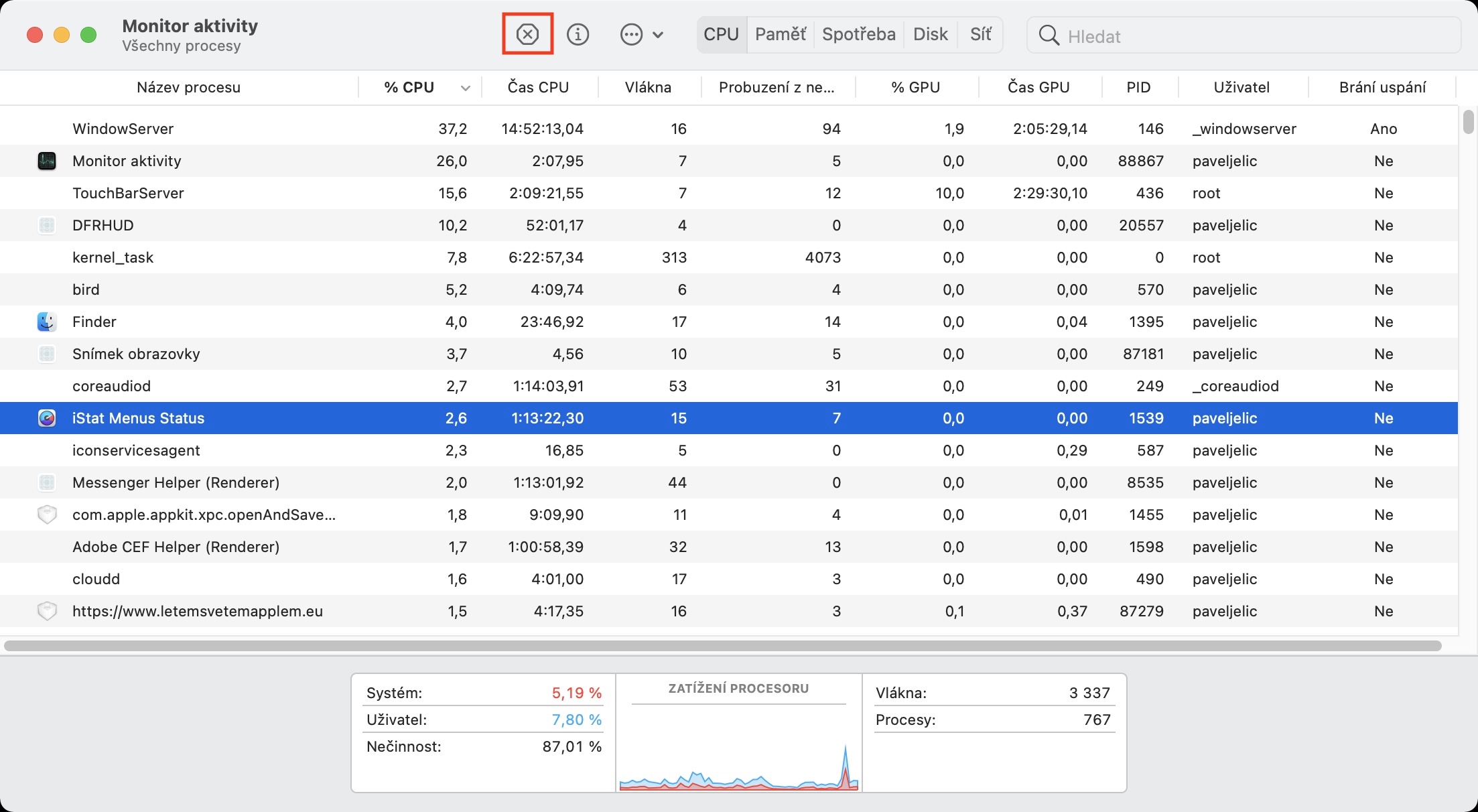Almost two weeks ago, Apple released new versions of its operating systems to the world. Specifically, we received updates to iOS and iPadOS 15.5, macOS 12.4 Monterey, watchOS 8.6 and tvOS 15.5. If you own supported devices, be sure to update to get the latest bug fixes and features. After the update, however, there are users from time to time who complain about reduced performance or battery life. If you have updated to macOS 12.4 Monterey and have a problem with lower battery life, then in this article you will find 5 tips. how to deal with this problem.
It could be interest you
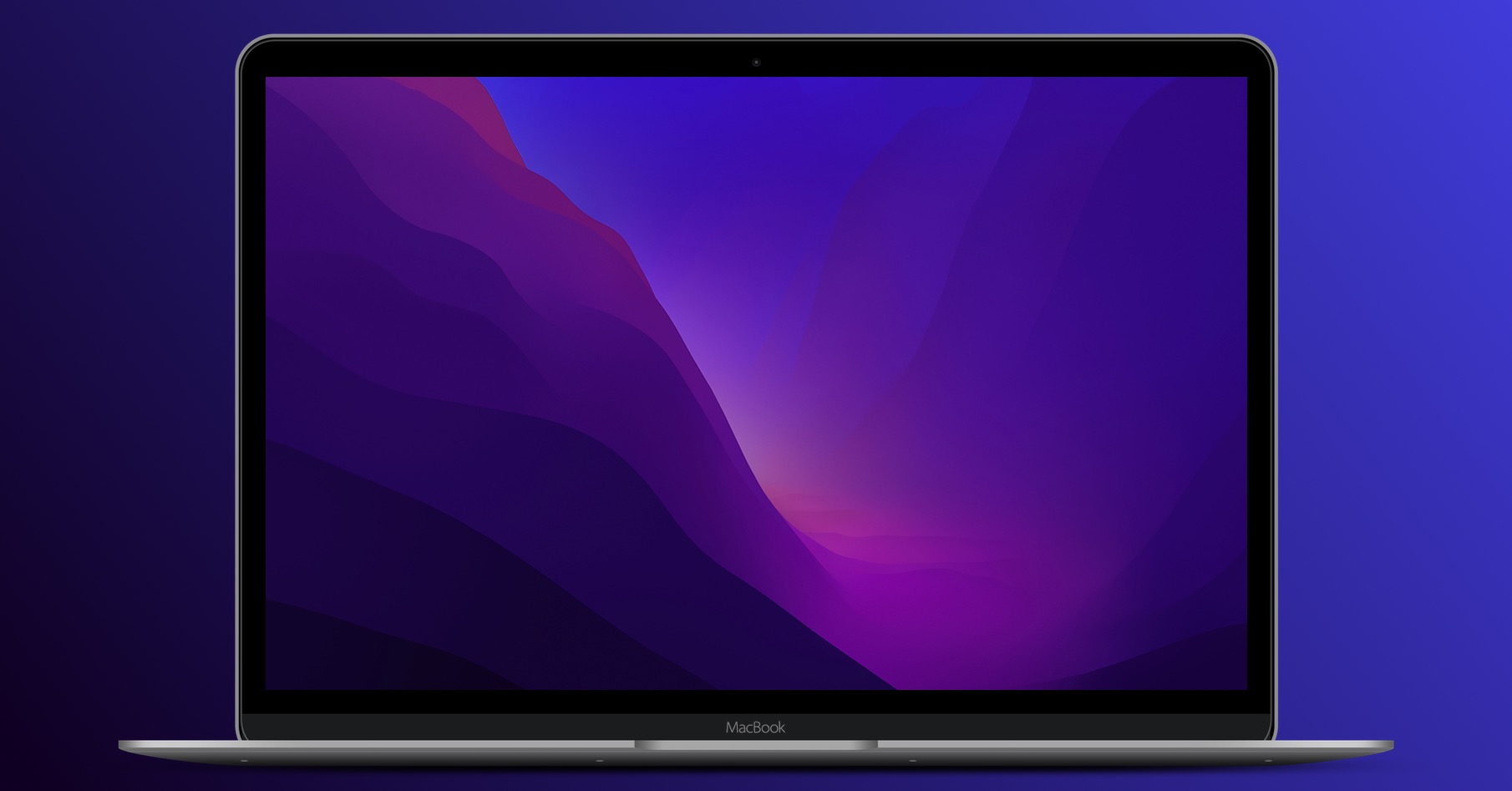
Setting and controlling brightness
The screen is one of the components that consumes the most energy. At the same time, the higher the brightness you set, the more energy is consumed. For that reason, it is necessary that there is an automatic brightness adjustment. If your Mac does not automatically adjust the brightness, you can activate this function in → System Preferences → Monitors. Here tick possibility Adjust brightness automatically. In addition, you can activate the function to automatically reduce the brightness after battery power, in → System Preferences → Battery → Battery, where enough activate function Dim the screen brightness slightly when on battery power. Of course, you can still decrease or increase the brightness manually, in the classic way.
Low power mode
If you also own an iPhone in addition to a Mac, you surely know that you can activate the low power mode in it for several years. It can be activated either manually or from the dialog box that appears after the battery is discharged to 20 or 10%. Low power mode was missing on the Mac for a long time, but we finally got it. If you activate this mode, it will turn off background updates, reduce performance and other procedures that guarantee longer endurance. You can activate it in → System Preferences → Battery → Battery, where you check Low power mode. Alternatively, you can use our shortcut to activate low power mode, see the link below.
It could be interest you
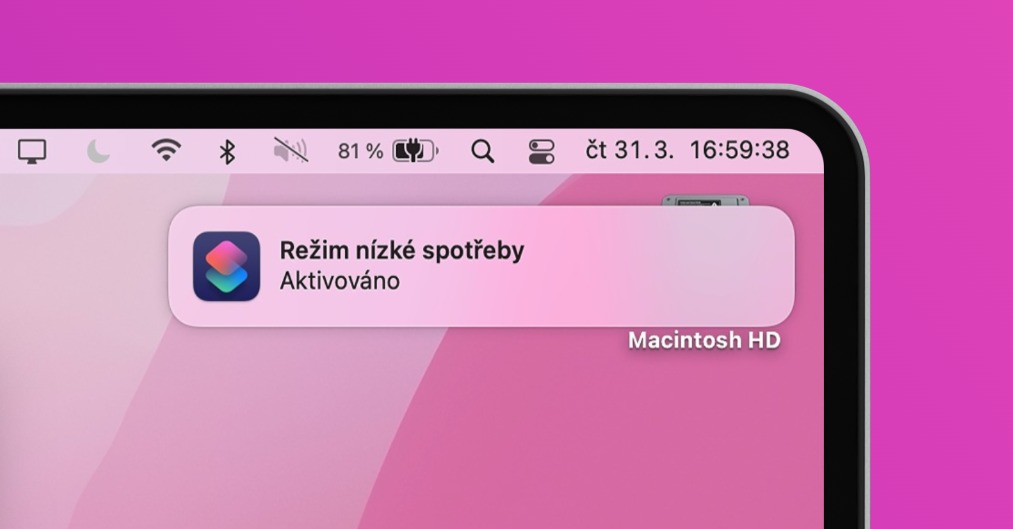
Reducing idle time for screen off
As mentioned above, your Mac's screen takes a lot of battery power. We have already said that it is necessary to have active automatic brightness, but in addition it is necessary to guarantee that the screen turns off as soon as possible during inactivity, so as not to drain the battery unnecessarily. To set up this feature, go to → System Preferences → Battery → Battery, where you use above slider set up after how many minutes should the display turn off when powered from the battery. The lower the number of minutes you set, the better, because you minimize the unnecessarily active screen. It should be mentioned that this will not log out, but really only turn off the screen.
Optimized charging or do not charge above 80%
A battery is a consumer product that loses its properties over time and use. In the case of a battery, this primarily means that it loses its capacity. If you want to guarantee the longest possible battery life, you should keep the battery charge between 20 and 80%. Even outside this range the battery works, of course, but it wears out faster. macOS includes Optimized Charging, which can limit charging to 80% - but the requirements for the limitation are too complex and optimized charging won't work for most users. I personally use the app for that reason Al Dente, which can cut hard charging to 80%, at any cost.
It could be interest you
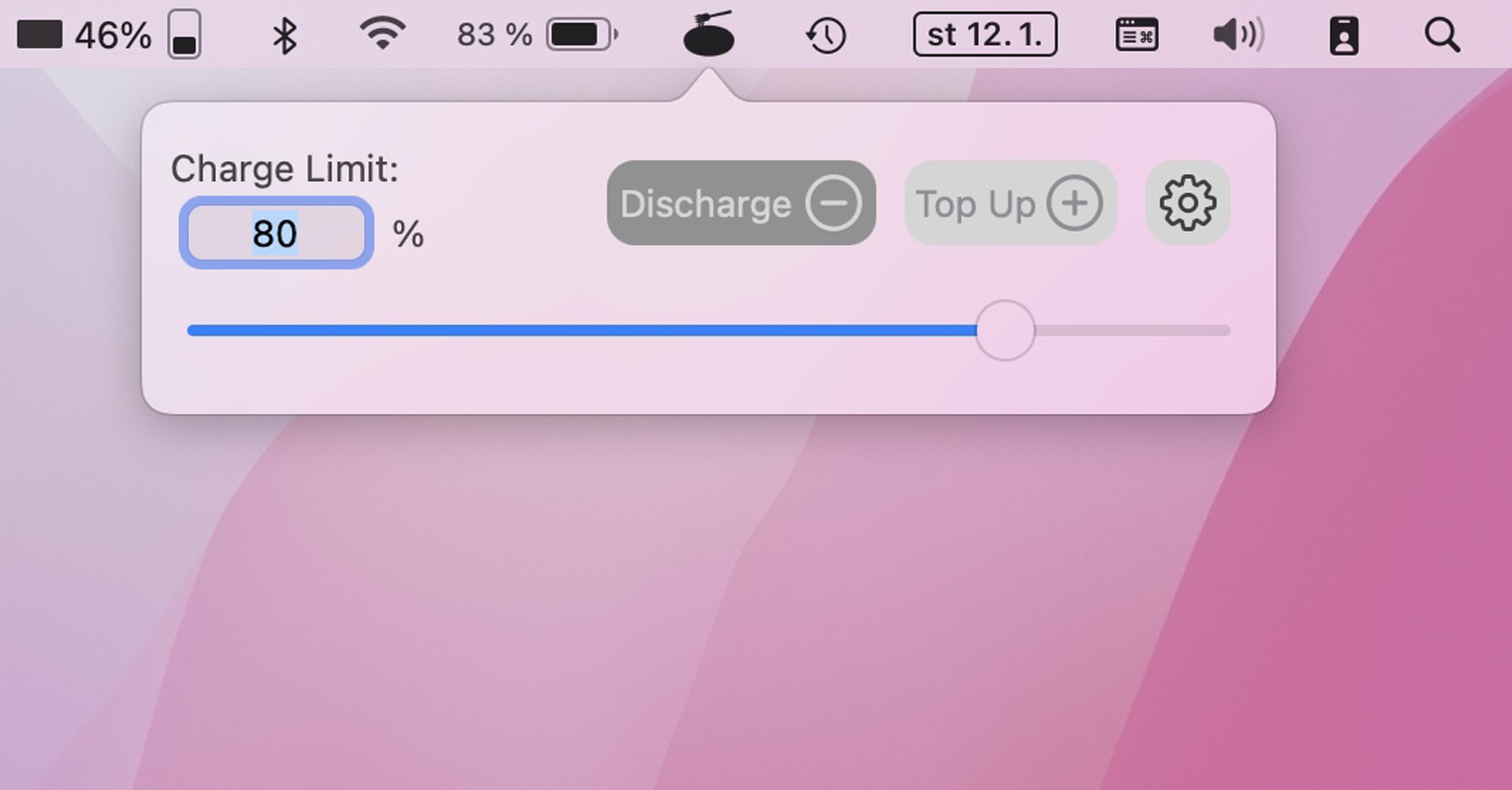
Shutting down demanding applications
The more hardware resources are used, the more battery power is consumed. Unfortunately, from time to time it happens that some applications do not understand each other after updating with the new system and stop working as expected. For example, so-called looping occurs most often, when the application starts to use more and more hardware resources, which then causes a slowdown and, above all, a decrease in battery life. Fortunately, these demanding applications can be easily recognized and turned off. Just open the app on your Mac activity monitor, where you then arrange all the processes descending according to cpu %. In this way, the applications that use the hardware the most will appear on the first rungs. If there is an application here that you practically do not use, you can close it - that's enough tap to mark then press the X icon at the top of the window and tap on End, or Force Termination.


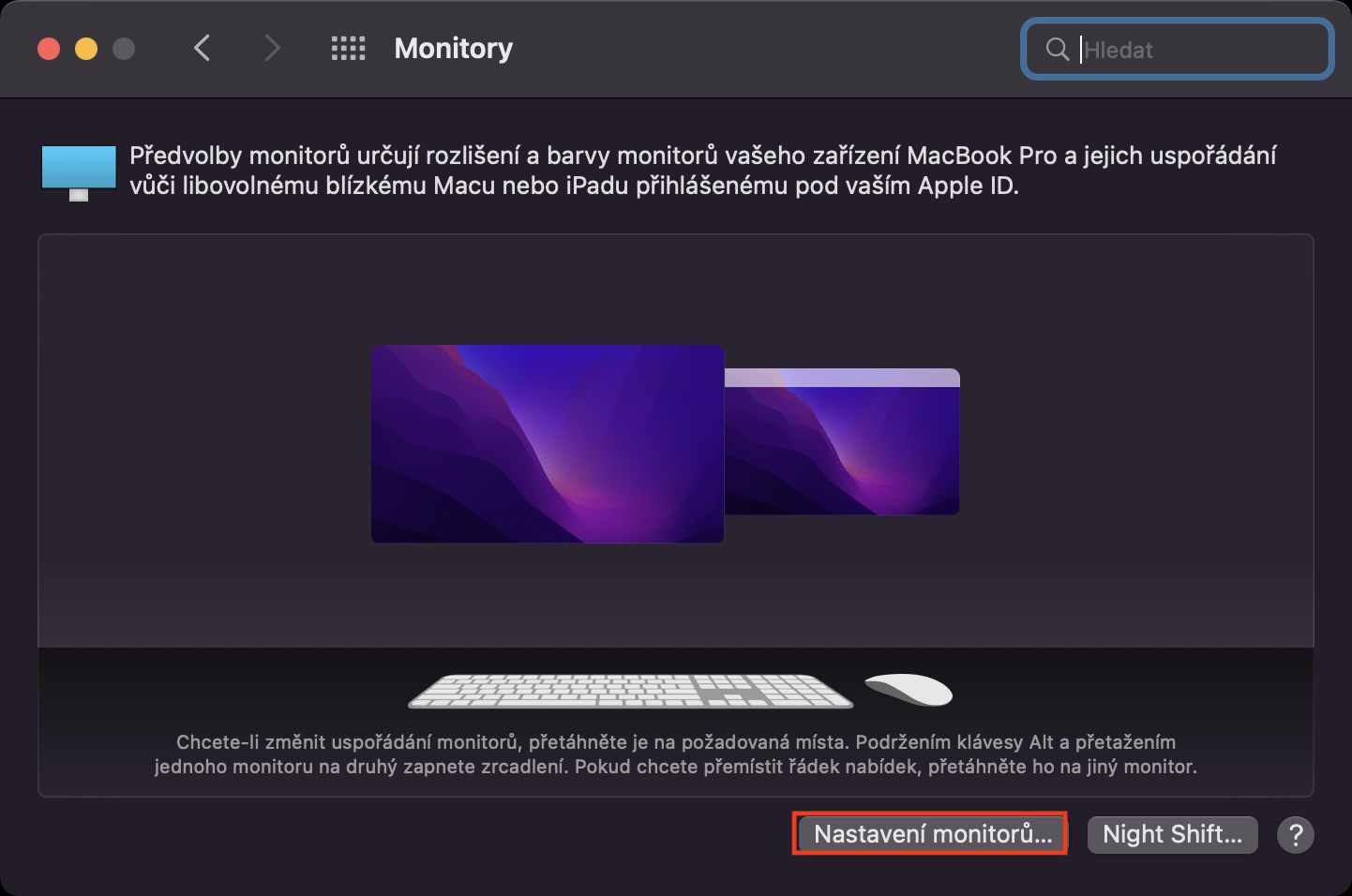
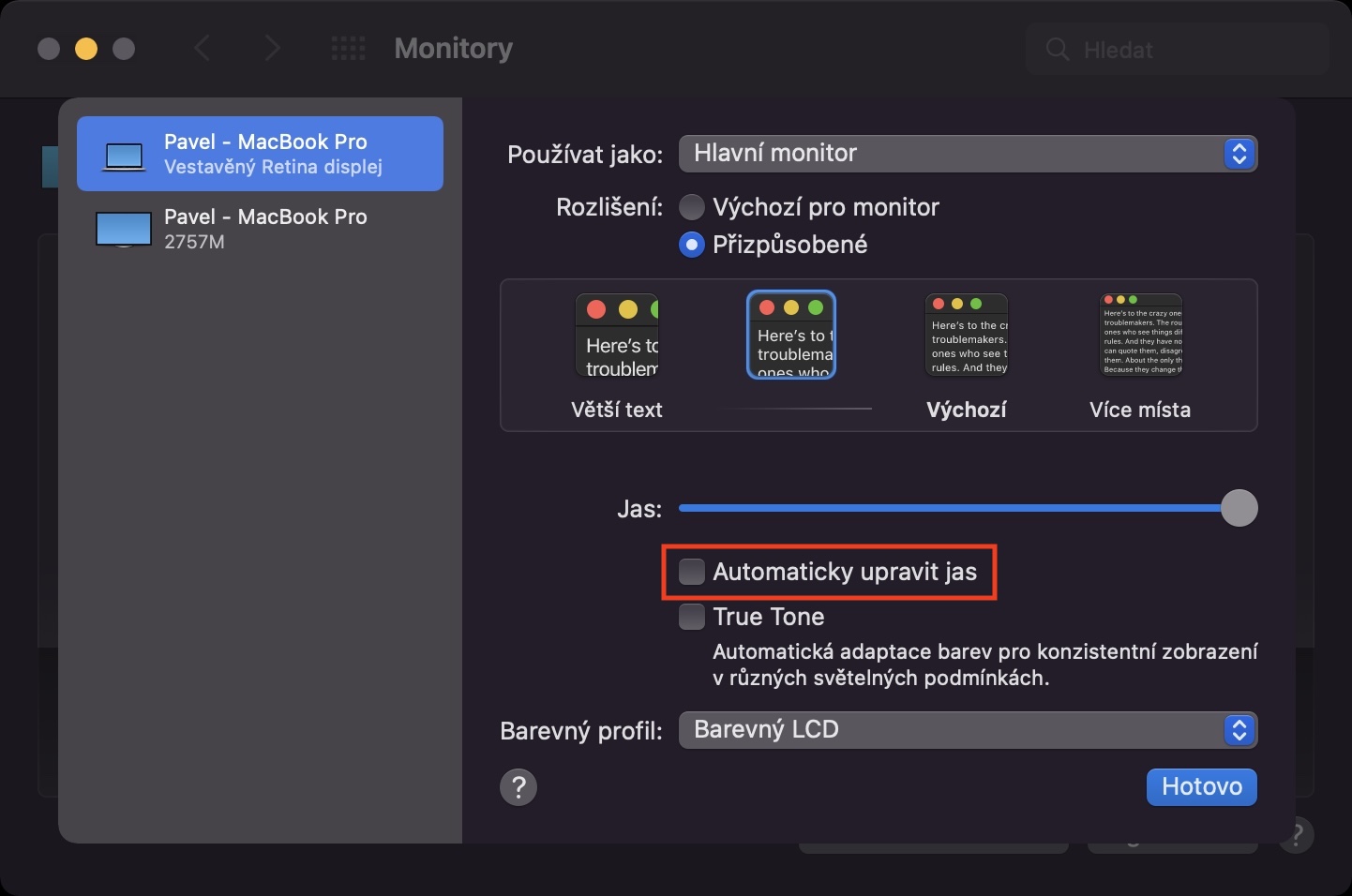
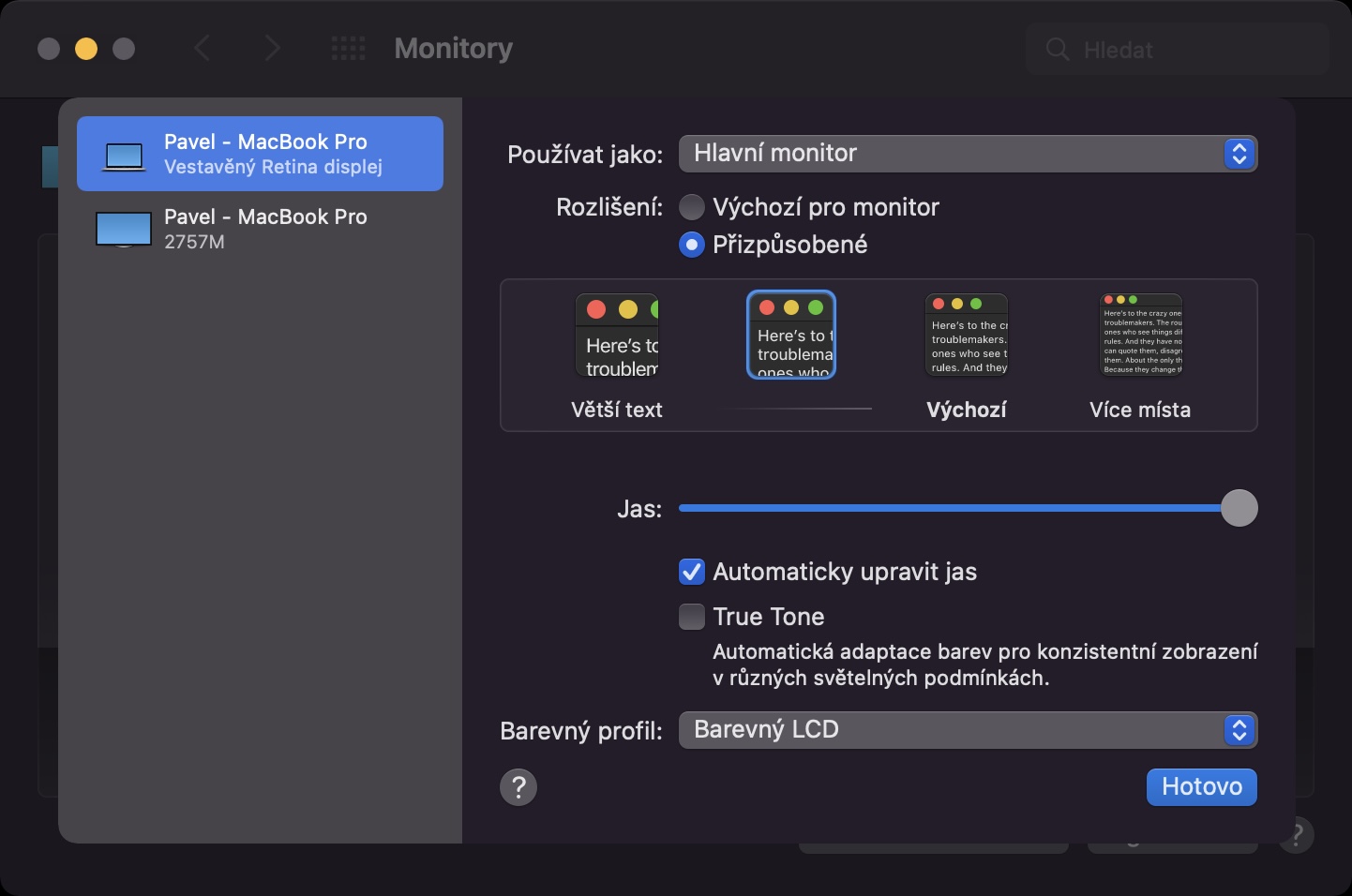



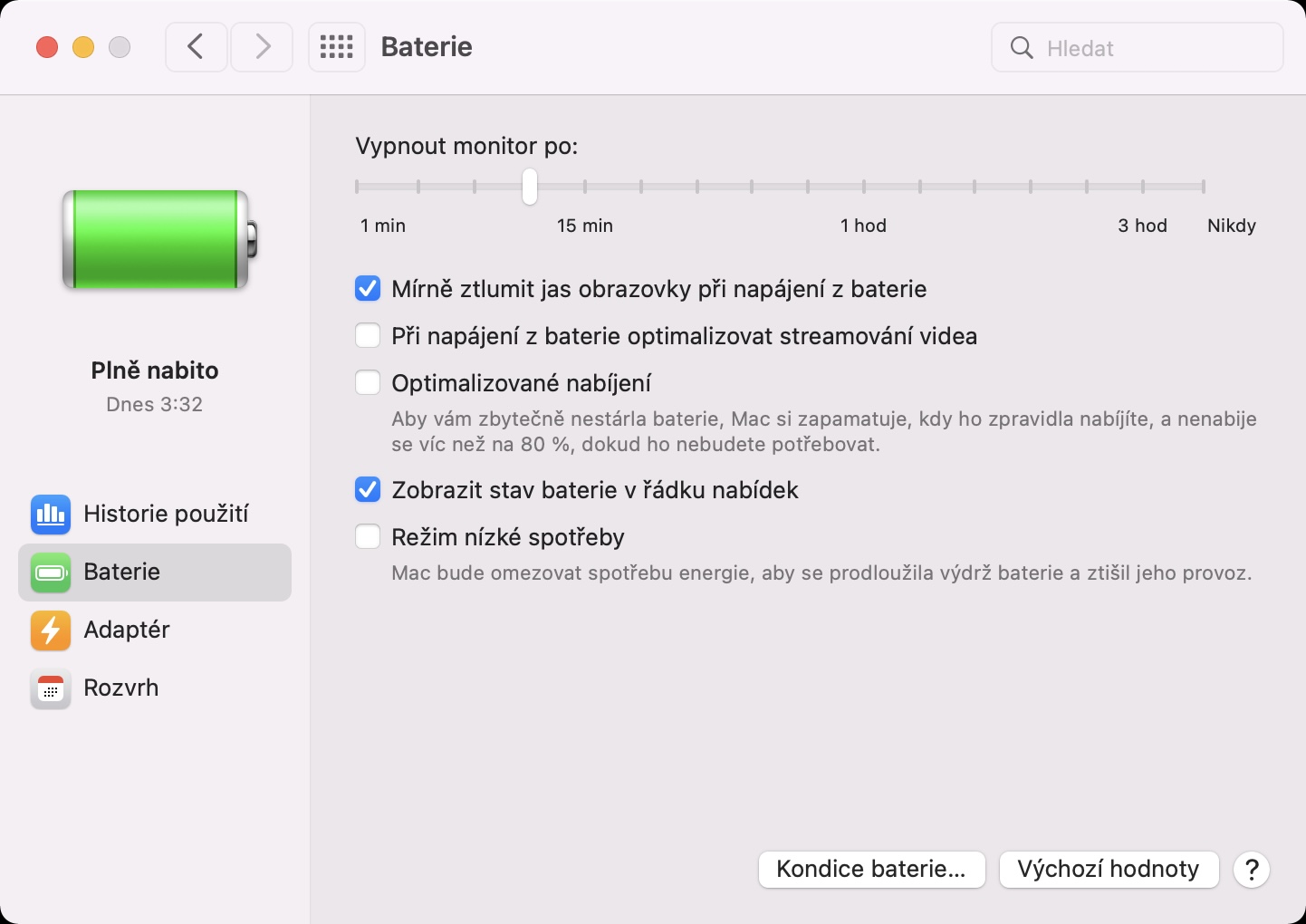
 Flying around the world with Apple
Flying around the world with Apple 
